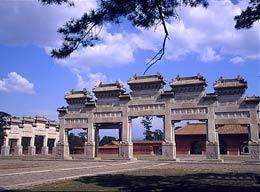Criteria i, ii, iii, iv, vi UNESCO region Asia-Pacific UNESCO World Heritage Site inscription 2000 | Type Cultural Reference 1004 Extensions 2003; 2004 | |
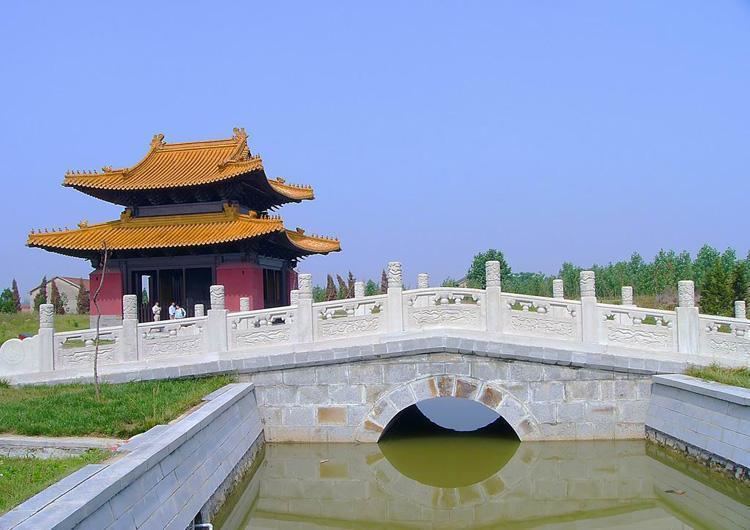 | ||
Imperial tombs of the ming and qing dynasties unesco nhk
Imperial Tombs of the Ming and Qing Dynasties (simplified Chinese: 明清皇家陵寝; traditional Chinese: 明清皇家陵寢; pinyin: Míng Qīng Huángjiā Língqǐn) is the designation under which the UNESCO has included several tombs and burial complexes into the list of World Heritage Sites. These tombs date from the Ming and Qing dynasties of China.
Contents
- Imperial tombs of the ming and qing dynasties unesco nhk
- 2004 additions
- Ming imperial tombs not included in the list
- References
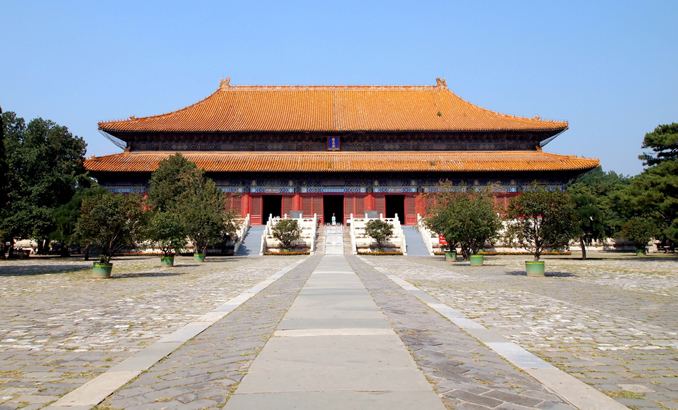
Tombs were included in the list in 2000, 2003 and 2004. The property now includes the following tombs or tomb groups:
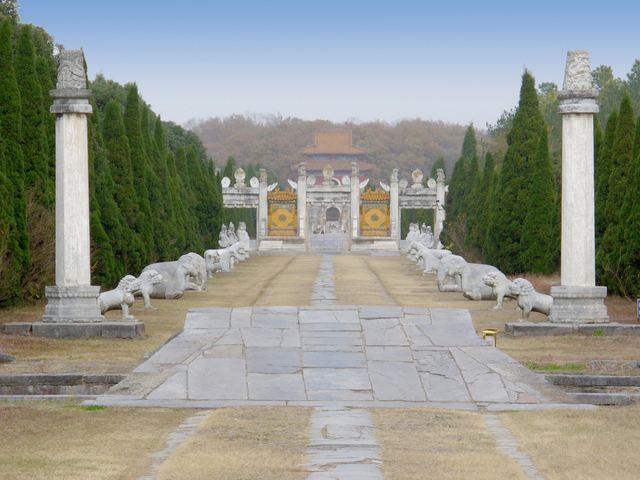
2004 additions
The three Imperial tombs of the Qing dynasty in Liaoning Province include the Yongling tomb, the Fuling tomb, and the Zhaoling tomb, all built in the 17th century. Constructed for the founding emperors of the Qing dynasty and their ancestors, the tombs follow the precepts of traditional Chinese geomancy and fengshui theory. They feature rich decoration of stone statues and carvings and tiles with dragon motifs, illustrating the development of the funerary architecture of the Qing dynasty. The three tomb complexes, and their numerous edifices, combine traditions inherited from previous dynasties and new features of Manchu culture.
Ming imperial tombs not included in the list
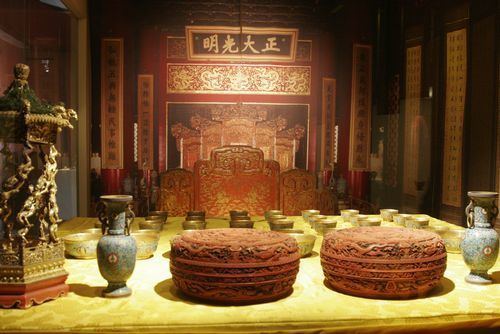
Note that the UNESCO World Heritage site presently does not include the mausoleum complexes that the Hongwu Emperor had built for his ancestors, viz. the Ming Ancestors Mausoleum (Zuling) in Xuyi County, Jiangsu and the Huangling Mausoleum in Fengyang, Anhui.
